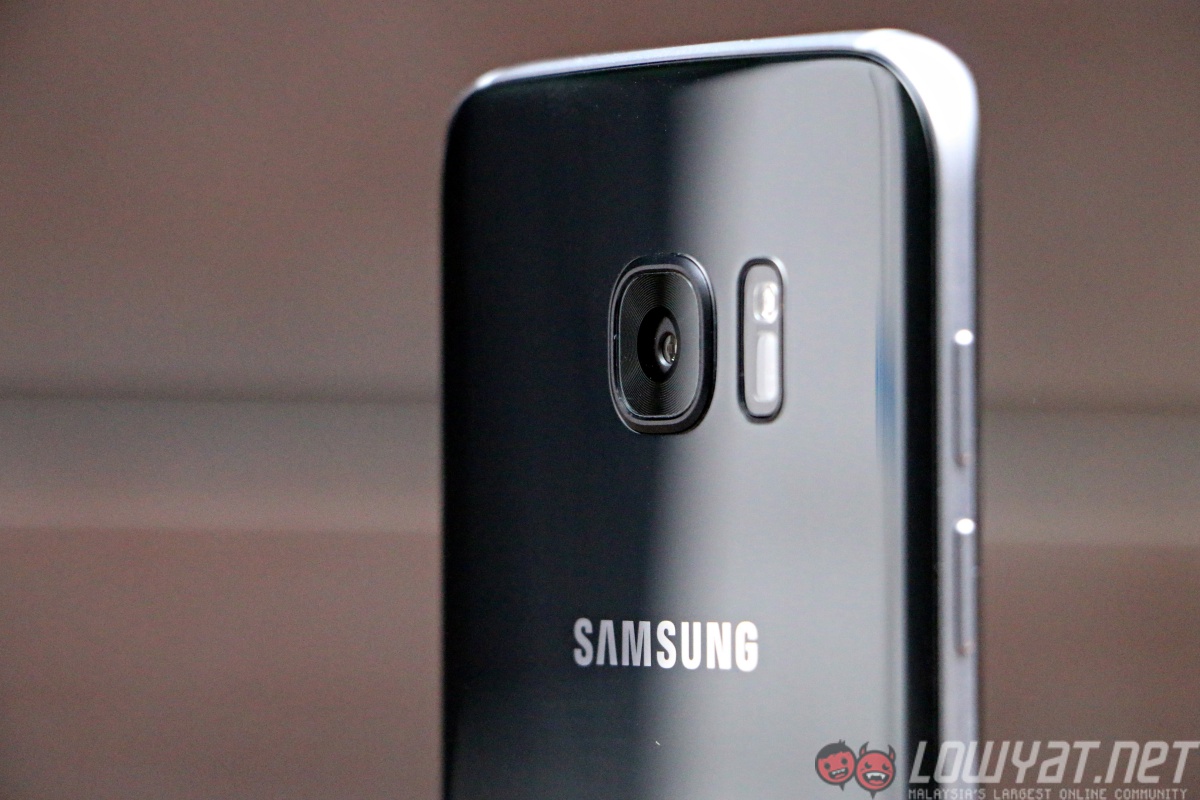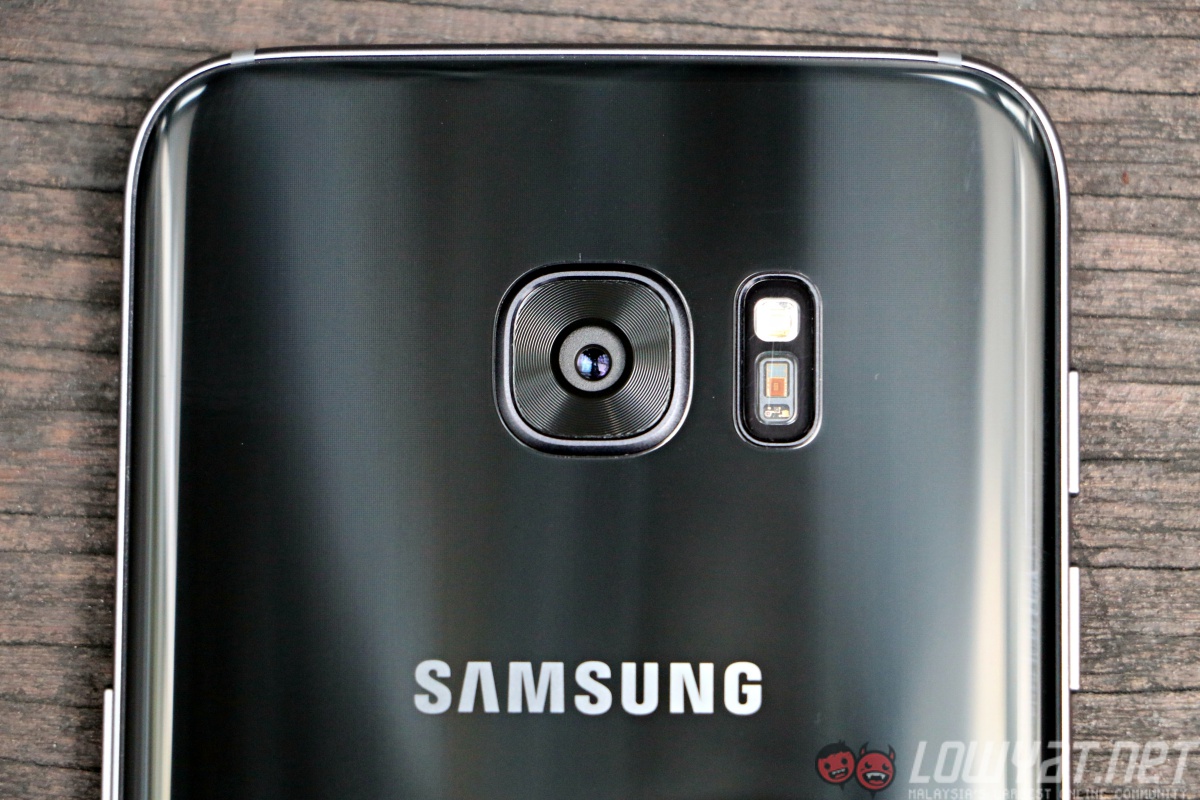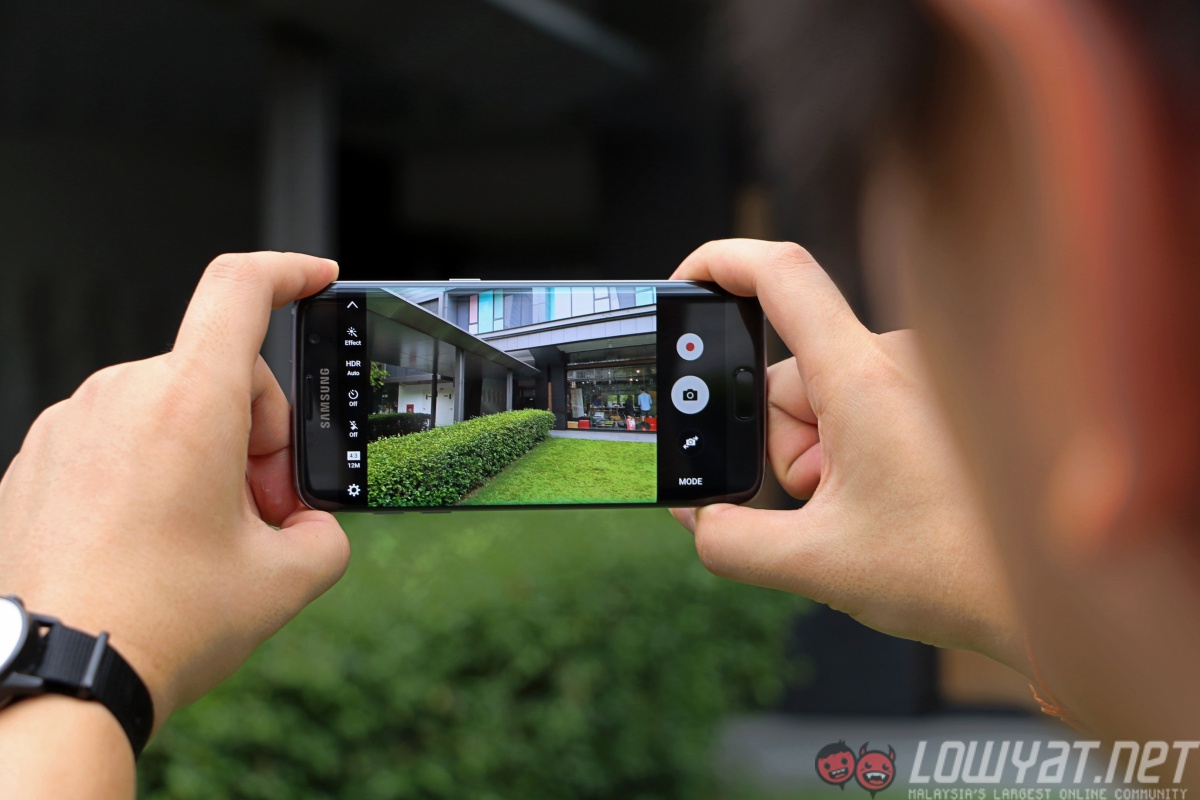Samsung took a gamble with the Galaxy S7 and S7 edge’s camera, incorporating an industry first “dual-pixel” sensor with a lower pixel count from the Galaxy S6. According to a report from Reuters, the decision was finalised right at the last moment – ultimately siding with the new sensor.
The South Korean giants may have been perceived as slow to the curve when reacting to increasingly stiff competition in the smartphone industry, but Samsung has actually been embarking on a positive transformation since 2014, where it focused on specific parts of the smartphone business. Notably, it prioritised data from consumer habits in smartphone cameras, as well as overhauling its product lineup.
The most important change came from Samsung’s attention to improving the smartphone camera. 2014 saw the first smartphone camera with phase detect autofocus, a technology previously only seen in larger professional cameras. But last year’s Galaxy S6 was when Samsung truly took a giant leap in smartphone cameras: the 16MP sensor was fast, took great photos, and ultimately elevated the brand as a leader in smartphone photography alongside contemporaries such as Apple and LG.
That was why the Galaxy S7’s camera became a hot debate within Samsung. According to Samsung’s VP of smartphone product planning, Kim Gae-youn, the debate was whether to stick to its current and proven 16MP sensor, or employ a 12MP one that shot better in low light.
Thankfully, data that showed smartphone users wanted more than just a high megapixel count worked in the new sensor’s favour. For a company such as Samsung, the forward-thinking move was previously unthinkable. “In the past, based on our past decision-making process, we never would have gone back,” Kim said.
The Galaxy S7 and S7 edge have so far proven to be a huge success story for Samsung. It has already beaten internal expectations, and may even be a record holder in first-year sales figures.
 Samsung’s 2014 smartphone lineup (Image: Ars Technica)
Samsung’s 2014 smartphone lineup (Image: Ars Technica)
Samsung’s much-maligned smartphone lineup was next to be closely examined by the company. Its previous strategy for offering a smartphone at virtually all price points flooded the market, which may have caused confusion among consumers looking to choose the “best fit” for their budgets.
This move also resulted in expending unnecessary resources in production lines. It may have worked in the past, but an increasingly saturated smartphone market meant that Samsung was not selling as many smartphones as it should to sustain this practice. So it was back to the drawing board as Samsung continued to reinvent itself.
 Samsung’s Galaxy A series use metal frames and glass backs, with some similar hardware to previous-generation flagships
Samsung’s Galaxy A series use metal frames and glass backs, with some similar hardware to previous-generation flagships
Again, there was internal resistance, but the company ultimately revamped its smartphone lineup. The entire portfolio is now a third less, and some models using similar hardware parts. “The transition process is painful,” Kim noted.
But once again, the move paid off, especially in bigger markets such as India. The company recorded its best-ever quarterly profit since 2014 in Q1 2016.
As for the future, Samsung will place greater focus on premium smartphones, which is an area where not many players have the resources to compete. “This segment wants innovation, which has turned it into an area that requires huge capital equipment investments,” Kim said.
https://www.youtube.com/watch?v=f9iGqY8ereg&feature=youtu.be
The Galaxy S7 and S7 edge may be seen as merely incremental updates, but from Kim’s comments, it may very well be that Samsung is already hard at work at introducing an all-new Galaxy Note variant this year. After all, the company’s internal roadmap back in 2014 already mentions foldable displays, and a recently-filed patent again suggests a foldable smartphone is upon us.
(Source: Reuters)
Follow us on Instagram, Facebook, Twitter or Telegram for more updates and breaking news.





